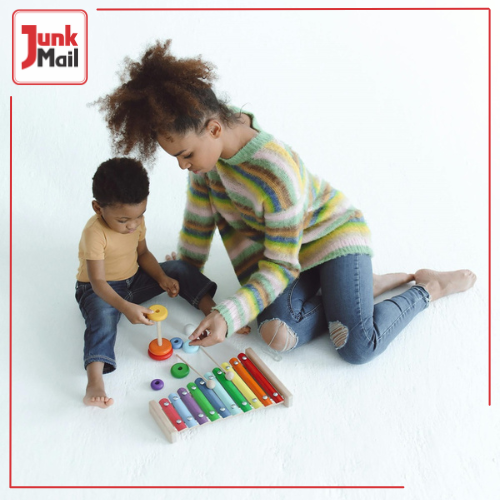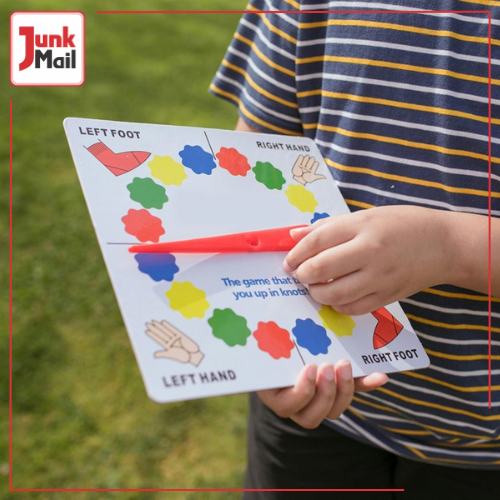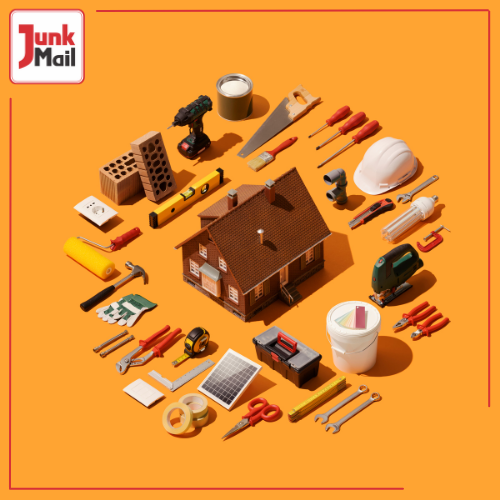Is your little one starting to crawl or walk? It’s time to baby-proof your home! Babies are naturally curious, and as they grow, their sense of adventure can lead them into risky situations around the house. By making your home baby-proof, you can significantly reduce the chances of accidents and ensure your child is safe at all times. If you're wondering where to start, this guide provides essential tips to baby-proof your home for safety. Don’t forget, you can find safety and travel products easily on Junk Mail, South Africa's trusted online marketplace for everything you need to buy and sell.
 Photo by RDNE Stock project on Pexels
Photo by RDNE Stock project on Pexels
Essential Tips to Baby-Proof Your Home for Safety
1. Start with the Nursery
The nursery is where your baby will spend most of their time, making it a priority when it comes to safety. Here are some key baby-proofing measures to implement:
- Secure the crib: Ensure the crib meets safety standards with no gaps or loose screws. Avoid placing pillows, blankets, or stuffed toys inside as these can cause suffocation hazards.
- Install window guards: If the nursery is on an upper floor, install window guards to prevent any dangerous falls. Ensure blinds and curtain cords are out of reach to avoid strangulation risks.
- Anchor heavy furniture: Babies love to explore by pulling themselves up on furniture. Make sure all furniture is securely anchored to the wall to prevent it from tipping over.
2. Baby-Proof Your Living Room
The living room is often the heart of the home, and it’s essential to make this area baby-safe. Here's how:
- Cover electrical outlets: Curious fingers can easily find their way into open sockets. Cover all electrical outlets with child-proof plugs or covers.
- Install baby gates: Use baby gates to block off staircases, dangerous rooms, or areas where you keep hazardous items. Gates should be sturdy and properly installed.
- Padding sharp corners: Coffee tables, TV stands, and other low furniture can be dangerous if your baby falls. Use corner and edge protectors to soften these sharp edges.
3. Kitchen Safety for Babies
Kitchens are full of hazards, but with the right precautions, you can make them safer for your baby.
- Lock cabinets and drawers: Use childproof locks on lower cabinets and drawers, especially those that store sharp objects like knives, cleaning products, or small appliances.
- Secure the stove: Stoves can be dangerous for little ones. Use stove knob covers to prevent your child from turning on the burners and consider using a stove guard to block access to hot surfaces.
- Keep small items out of reach: Babies are at risk of choking on small objects. Be mindful of keeping items like magnets, coins, and plastic bags out of their reach.
4. Bathroom Baby-Proofing
Bathrooms pose various risks, including drowning and slipping hazards, so baby-proofing this room is crucial.
- Install a toilet lock: Babies are naturally drawn to water. A toilet lock will keep the lid closed and prevent them from exploring the toilet bowl.
- Non-slip mats and rugs: Install non-slip mats in the bathtub and on the bathroom floor to prevent falls.
- Store medications and cleaning products safely: Always keep dangerous substances, like medications, cleaning products, and beauty supplies, locked away in high cabinets or secured with child-proof locks.
5. Focus on Door and Window Safety
Doors and windows can be a major safety concern, especially for toddlers who are becoming more mobile.
- Install door stoppers: Prevent fingers from getting pinched by placing door stoppers or door guards on doors.
- Use window locks and guards: Windows should be secured with locks and guards to prevent accidental falls. Make sure there is no furniture under the windows that a baby could climb.
 Photo by Tatiana Syrikova on Pexels
Photo by Tatiana Syrikova on Pexels
6. Safe Outdoor Play Areas
If you have a yard, garden, or balcony, it's essential to baby-proof these areas to ensure your child’s safety.
- Install fences and gates: If you have a pool, it's legally required in South Africa to have a fence around it. Ensure that gates are self-latching and out of reach of young children.
- Keep garden tools and chemicals locked away: Always store garden tools, fertilizers, and insecticides in a locked shed or cabinet.
- Safe play zones: Create a safe outdoor play area with soft ground cover, like grass or rubber mats, to cushion any falls.
7. Regular Maintenance and Supervision
Even after implementing these baby-proofing steps, it’s important to regularly check for new hazards. Babies grow and develop quickly, and areas of your home that seemed safe a few months ago may need to be re-evaluated.
- Regularly inspect safety devices: Check baby gates, locks, and covers to ensure they are still in working order. Replace any worn-out equipment immediately.
- Stay vigilant: No matter how well you baby-proof your home, nothing replaces adult supervision. Keep an eye on your little one and always be alert to potential dangers.
Baby-proofing your home is a vital step in ensuring your child’s safety as they explore their surroundings. From securing furniture to covering electrical outlets, each room in your house needs special attention. By following the tips in this guide, you’ll be well on your way to creating a safe, baby-friendly environment. If you’re looking for safety and travel products on Junk Mail, your trusted local online marketplace for buying and selling.





